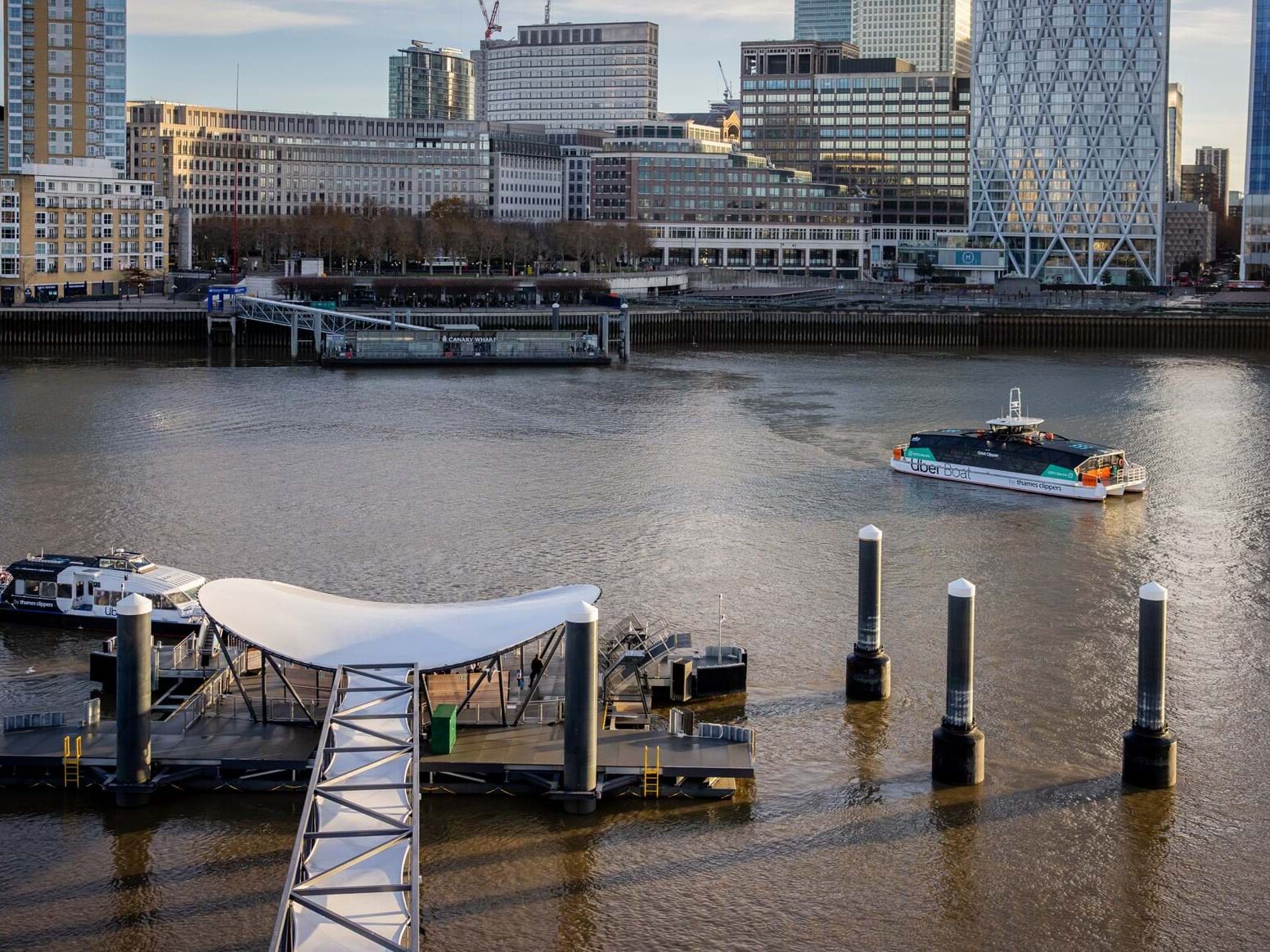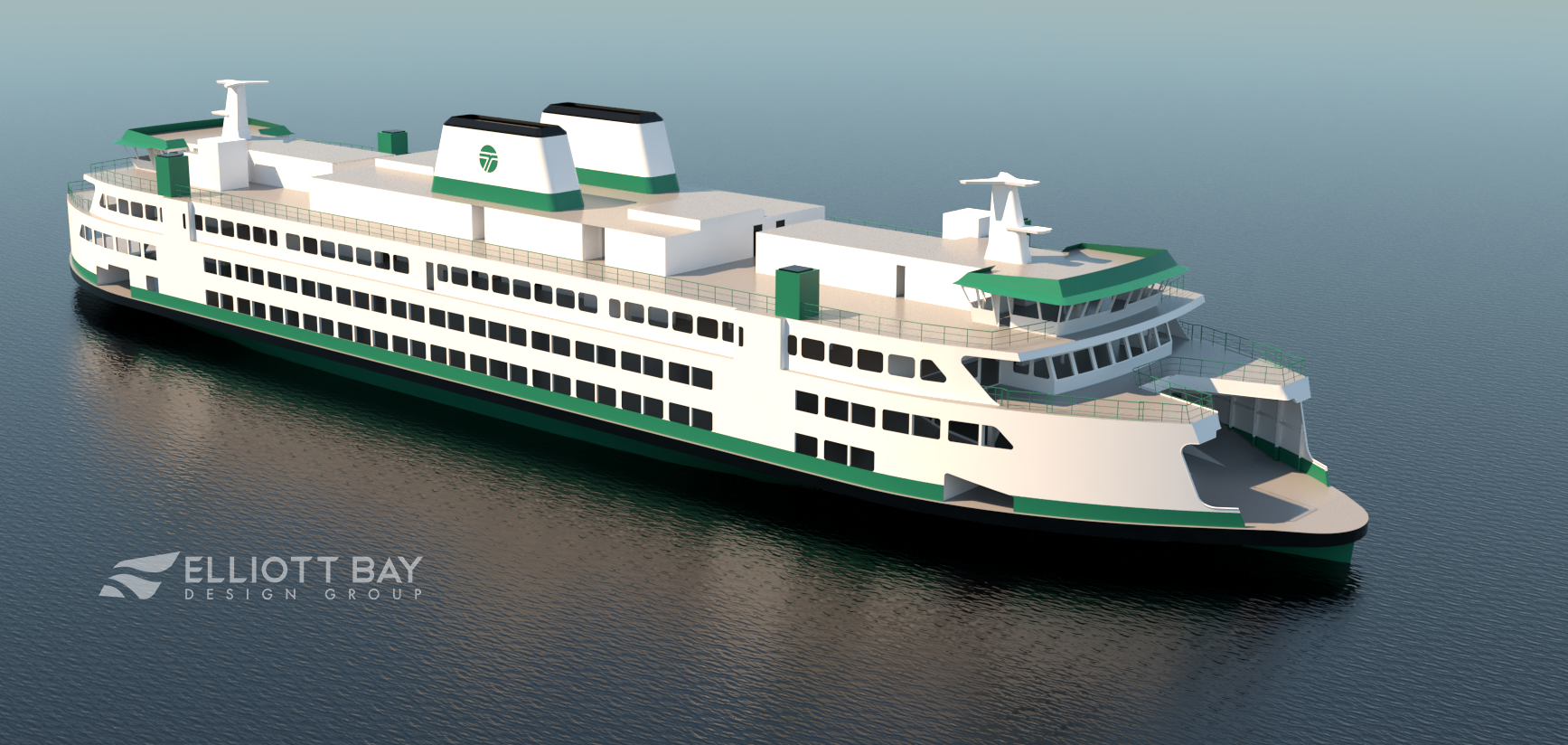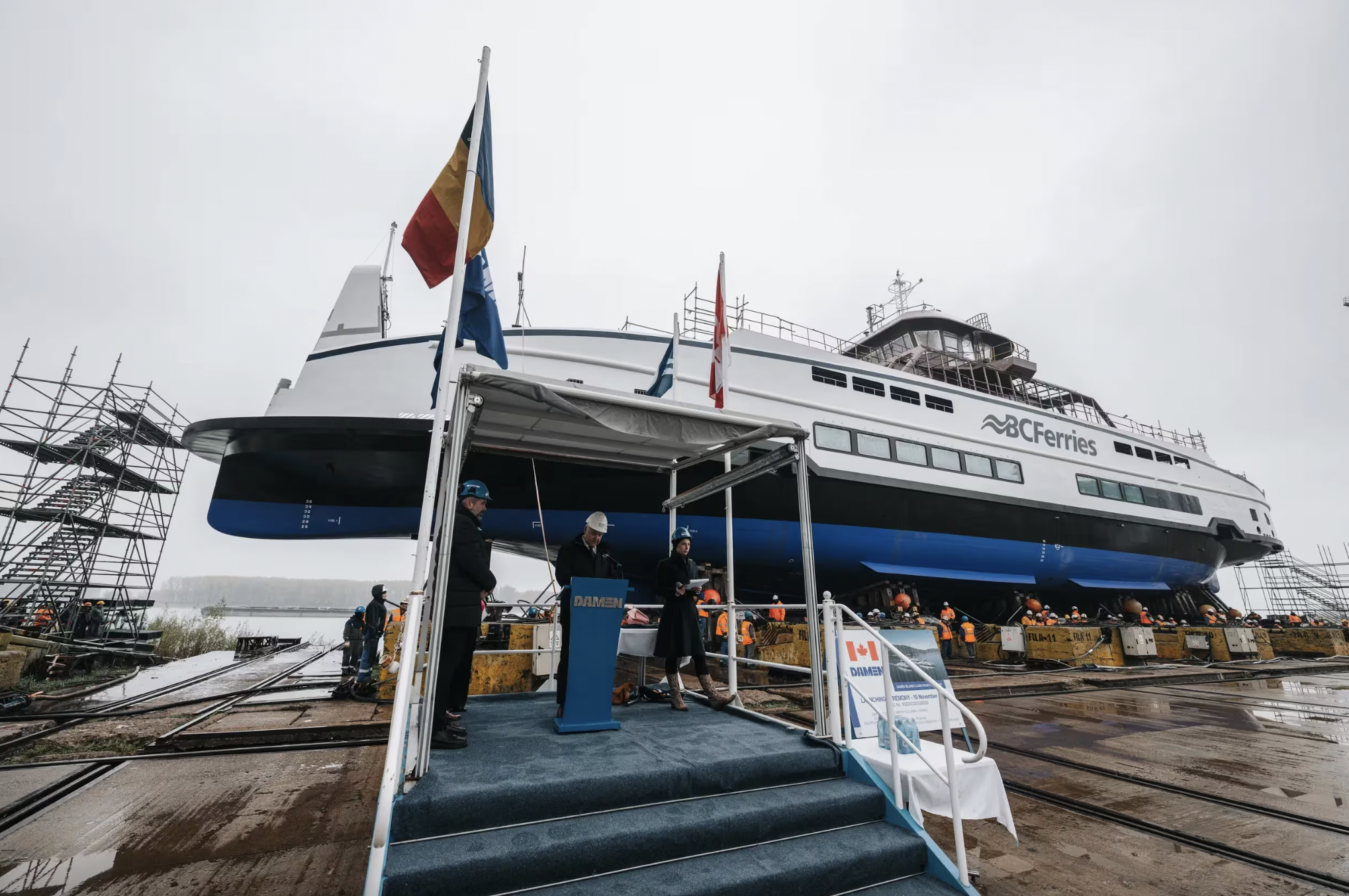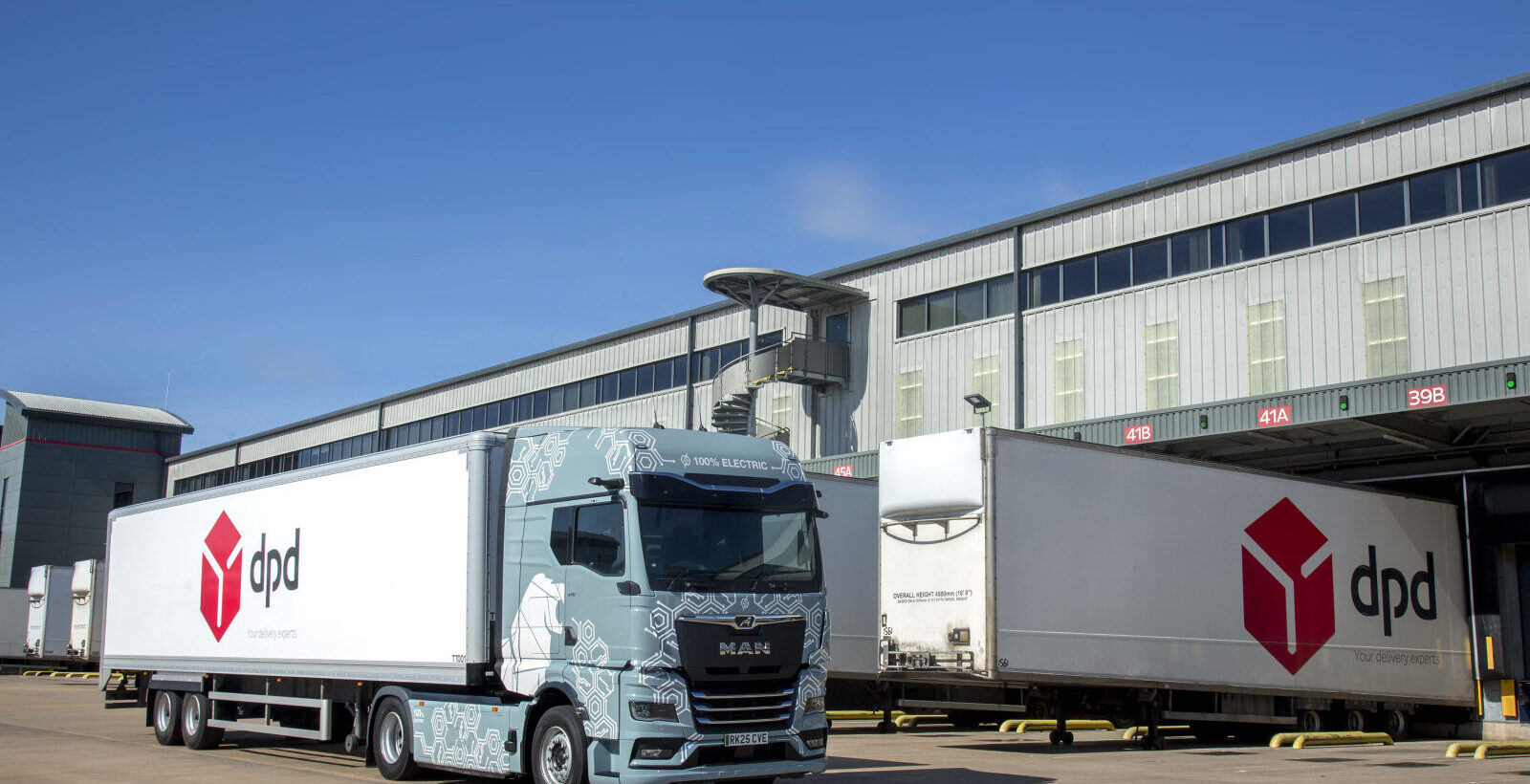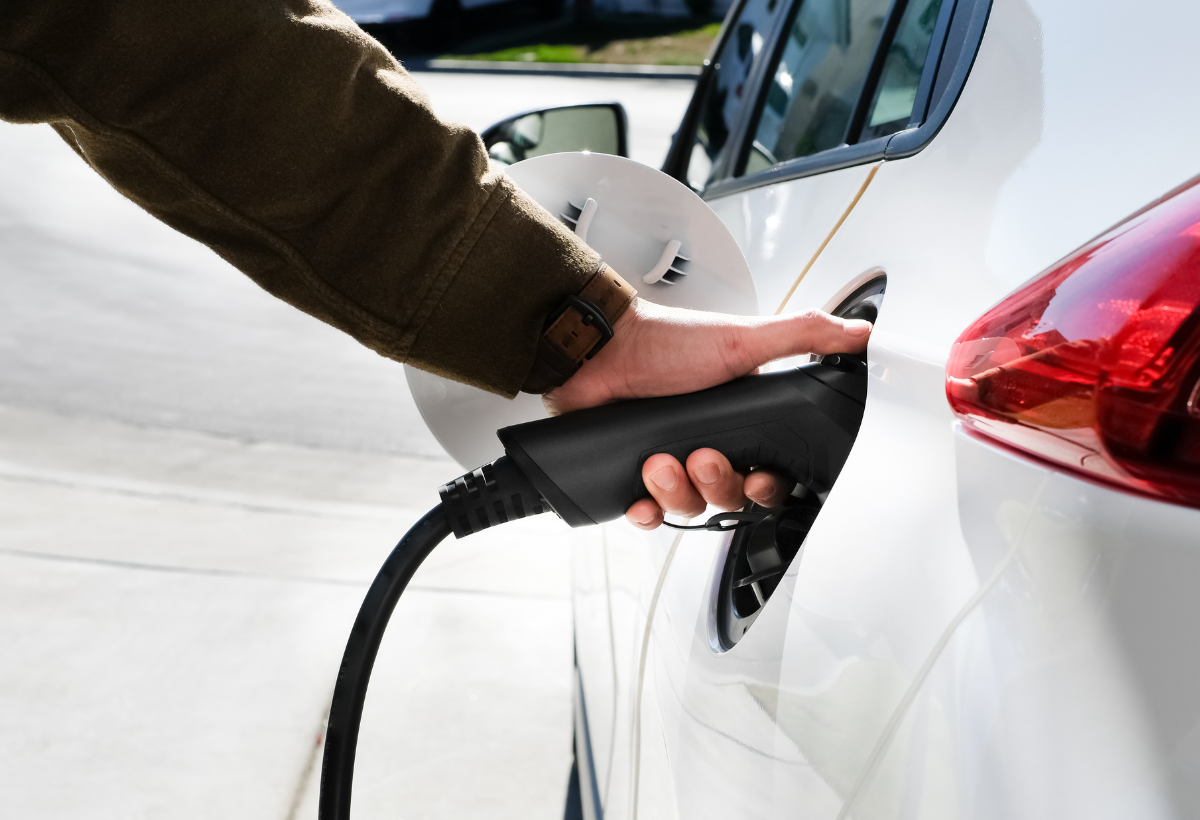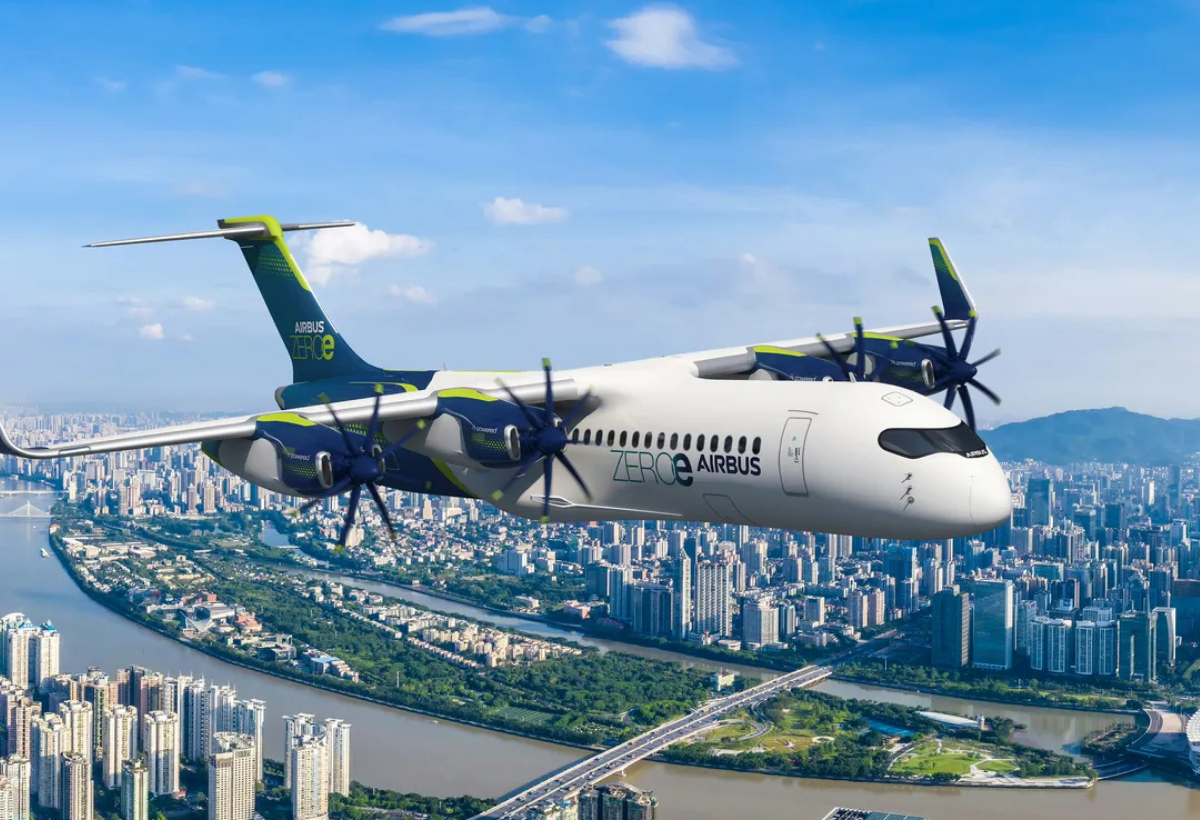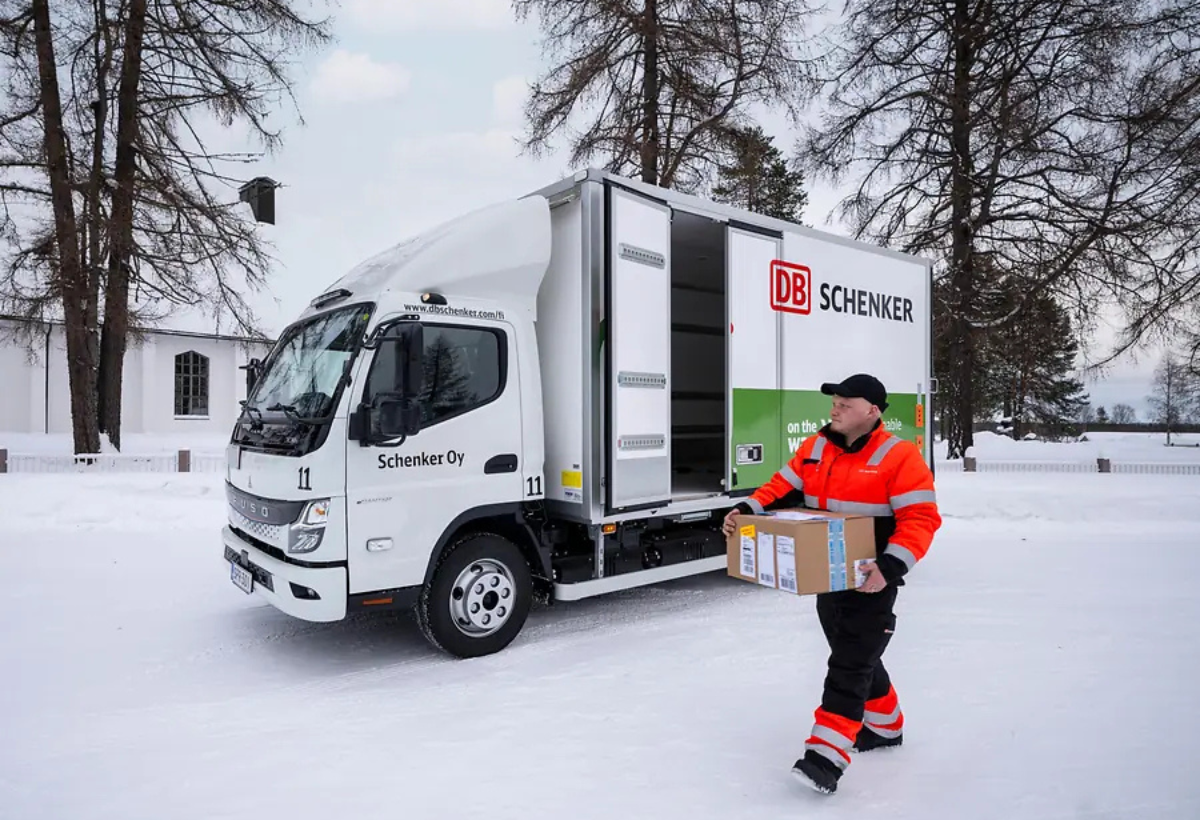On 15 April, Stockholm’s electric hydrofoil ferry, Nova, will resume operations with expanded service following a winter pause.
This expansion is in response to strong passenger demand and positive environmental data from its trial period.
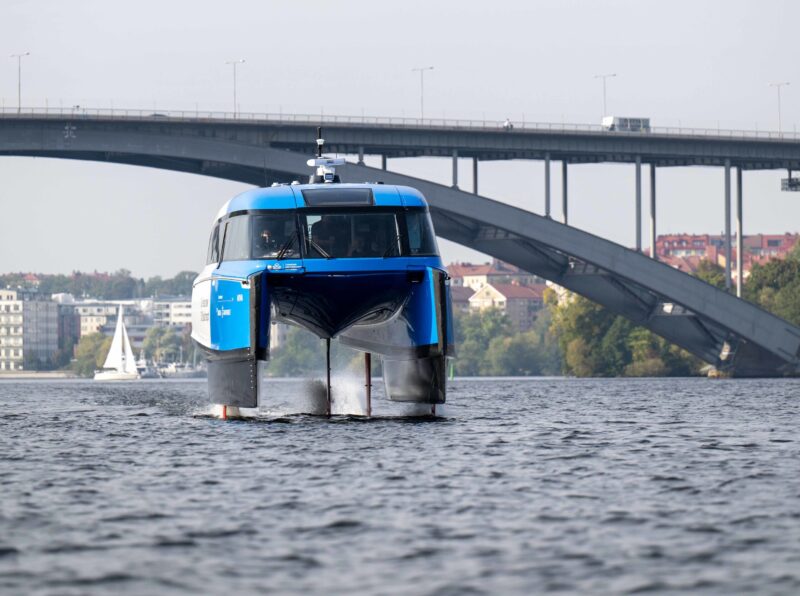
Nova, the first unit of the Candela P-12 series, is the world’s first passenger ferry to combine electric propulsion with hydrofoil technology. The vessel operated as part of the Swedish capital’s public transport network during autumn 2024, providing a low-emission alternative to diesel ferries on Route 89 between Ekerö and central Stockholm.
According to new figures released by Region Stockholm, Nova significantly outperformed conventional vessels in both emissions and energy efficiency. It emitted 95% less carbon dioxide and used 84% less energy per passenger-kilometre compared to traditional ferries operating the same route.
Passenger uptake has also been notable. The trial recorded 120 completed departures, carrying over 2,300 passengers with an occupancy rate exceeding 80%. Many sailings were fully booked, and Nova’s introduction has led to a 30% increase in overall ridership on the route.
The ferry reduces travel time between Tappström and City Hall to around 30 minutes, compared to 45–55 minutes by boat or about an hour by road, offering a faster alternative for commuters.
Due to the strong response, Region Stockholm has announced plans to expand Nova’s service from five days a week to daily operations by May.
Candela’s P-12 ferry cruises at 25 knots and is designed to create minimal wake, allowing it to operate efficiently in urban waterways where speed limits are often imposed to protect shorelines. The vessel’s hydrofoil design lifts it above the water at speed, reducing drag and improving energy efficiency.
Candela and Region Stockholm view the project as a step toward broader use of waterborne electric transport in cities, particularly as a means of reducing road congestion and cutting transport emissions.
Candela CEO Gustav Hasselskog said:We are incredibly happy that Region Stockholm has enabled us to demonstrate the hydrofoil technology in the city's public transport. We see that waterways in most cities have enormous potential for fast, low-cost, and emission-free transport that can relieve road networks and connect communities. This is just the beginning.



